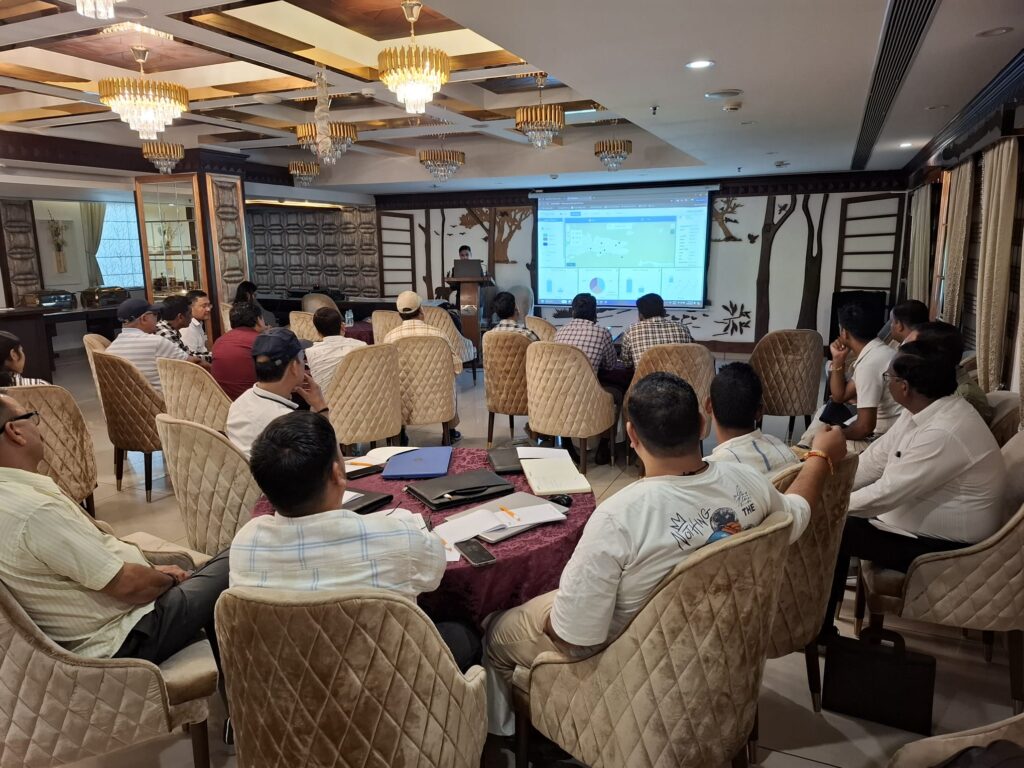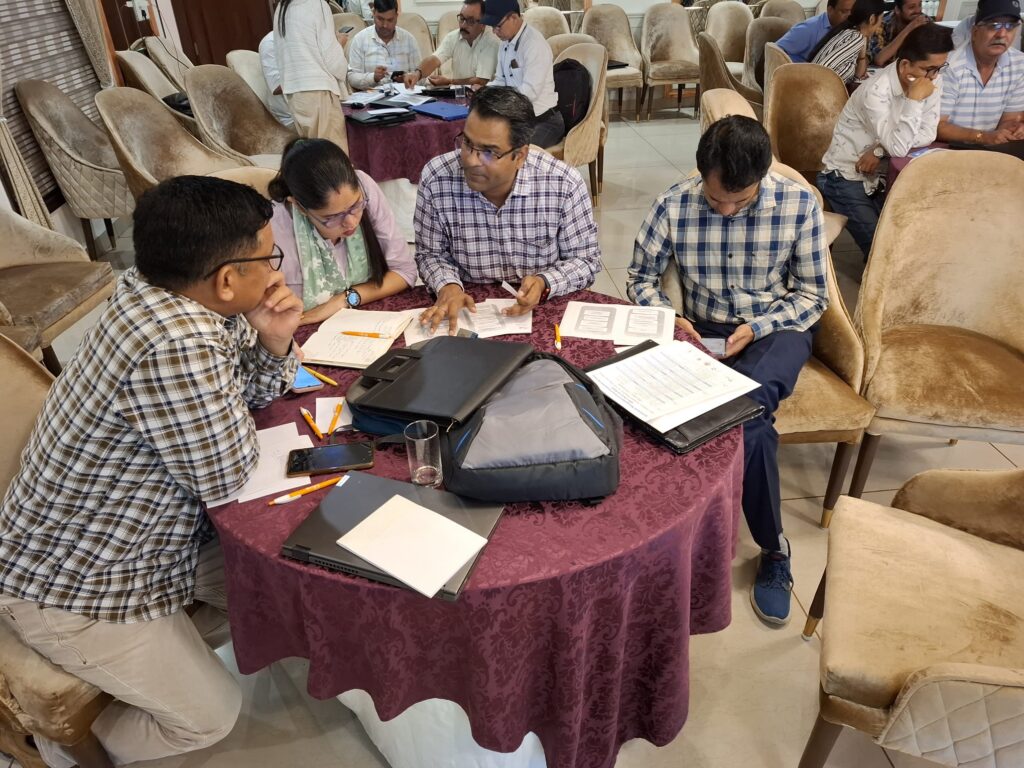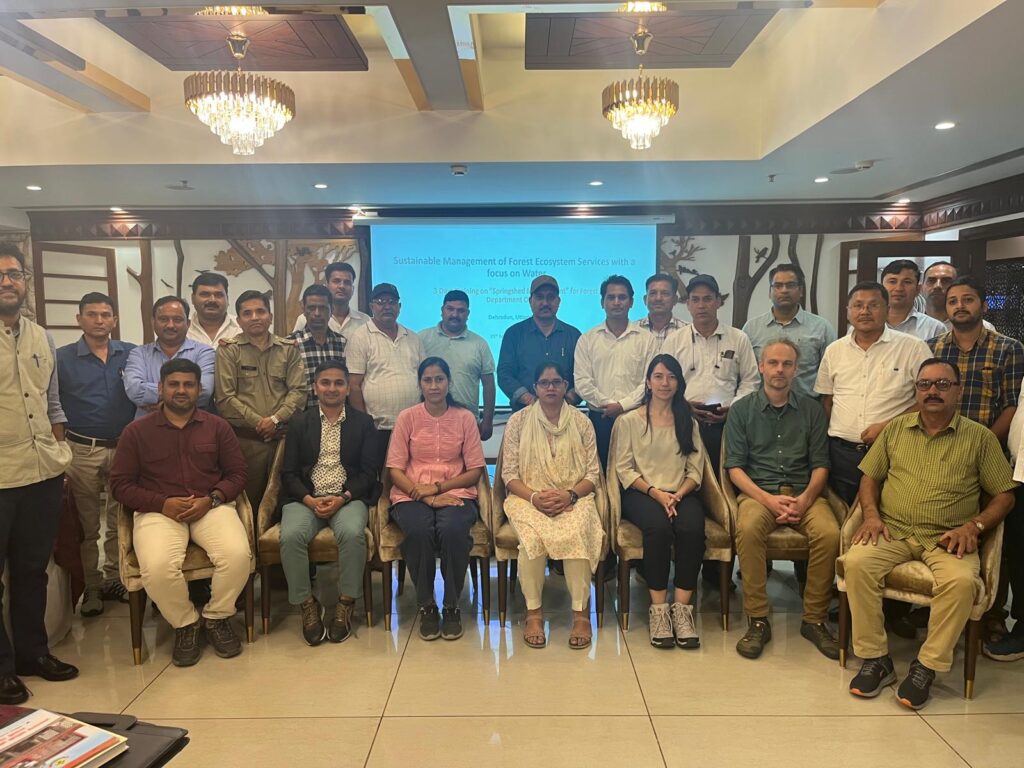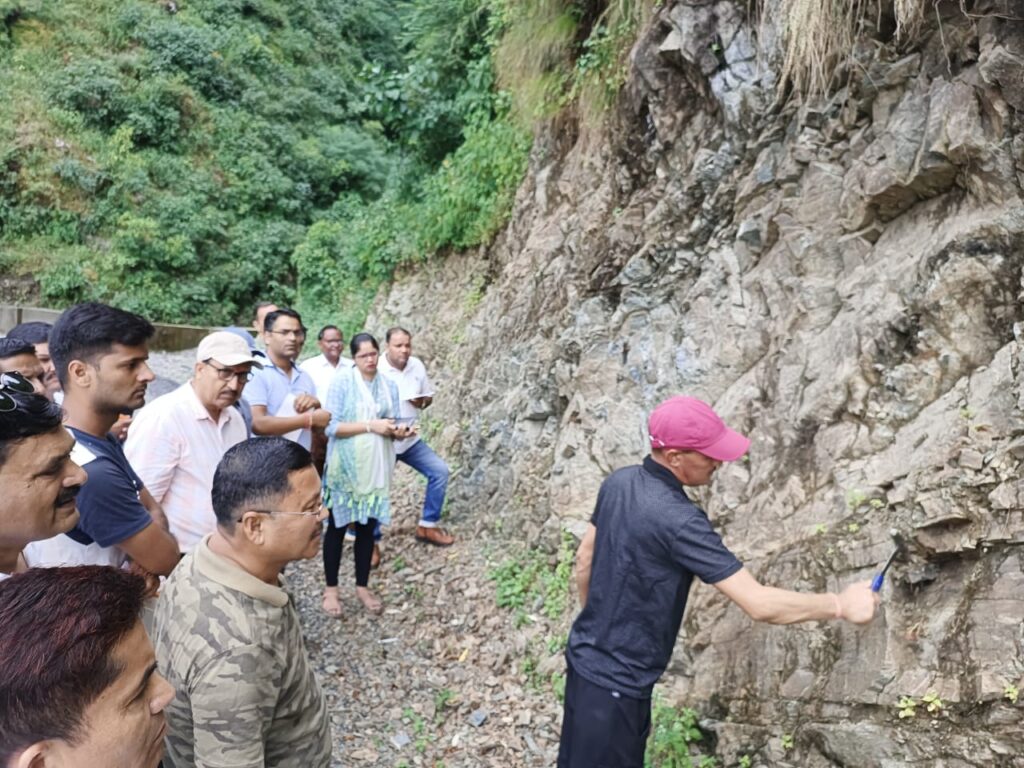Springs in the Hindu Kush Himalaya (HKH) region are essential for water security, agriculture, economic activities, ecosystem services, biodiversity, and cultural heritage. They sustain nearly 240 million people, including 50 million in India who depend directly on these springs for their water needs.
However, almost half of the perennial springs in the Indian Himalayan Region (IHR) have either dried up or become seasonal, causing severe water shortages in thousands of villages. If left unaddressed, the depletion of these springs will continue to have devastating impacts on local ecosystems, economies, and livelihoods.
To this end, FutureWater, in collaboration with unique land use GmbH and the Central Himalayan Rural Action Group, is conducting a training program on Springshed Management in Dehradun, Uttarakhand. The program aims to equip the Forest Department, Govt. of Uttarakhand with practical tools and best practices for managing springs in the region. Funded by GIZ India, the training covers key topics, including:
- Concepts of springs and springshed management protocols and best practices
- Hydro-geological data collection during a field expedition
- Springshed mapping using Earth Map developed by FAO
- Connecting forest ecosystem services to water resources using the WaterWorld model developed by King’s College London and AmbioTEK
With the first round of training successfully completed, this initiative aims to strengthen sustainable water management practices and safeguard these critical water sources for future generations.







